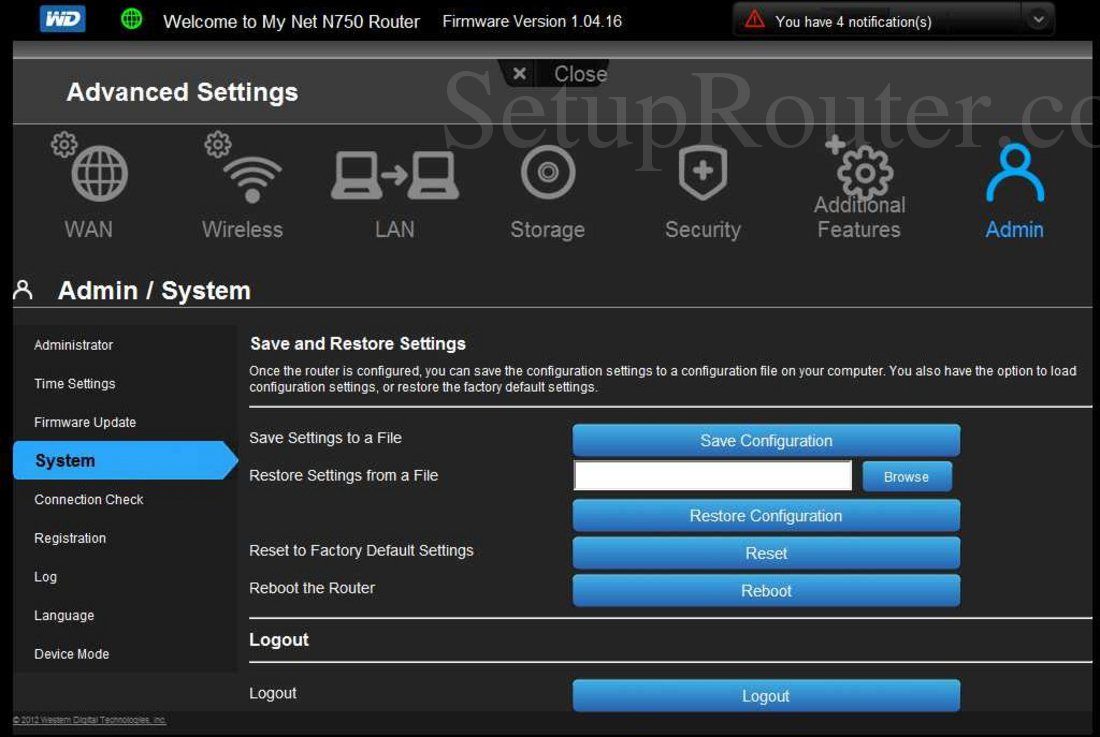

- NETSCALER SET SYSTEM PARAMETER STRONGPASSWORD PASSWORD
- NETSCALER SET SYSTEM PARAMETER STRONGPASSWORD DOWNLOAD
- NETSCALER SET SYSTEM PARAMETER STRONGPASSWORD WINDOWS
go get /rokett/citrix-netscaler-exporter.Building the executableĪll dependencies are version controlled, so building the project is really easy.
NETSCALER SET SYSTEM PARAMETER STRONGPASSWORD DOWNLOAD
You can also download a Docker image from.

Number of Invalid Requests/Responses dropped Metricįor each Content Switching virtual server, the following metrics are retrieved. Metricįor each GSLB virtual server, the following metrics are retrieved. Metricįor each GSLB service, the following metrics are retrieved. Metricįor each service group member, the following metrics are retrieved. Metricįor each service, the following metrics are retrieved.

Metricįor each virtual server, the following metrics are retrieved. Exported metrics NetScaler Metricįor each interface, the following metrics are retrieved.
NETSCALER SET SYSTEM PARAMETER STRONGPASSWORD WINDOWS
If you're running it on Windows I would recommend NSSM. There are many ways to do that, so it's really up to you. Ideally you'll run the exporter as a service. Replacement: 127.0.0.1:9280 # The exporter's real hostname:port. You may need a different job block for where you want to ignore certs. Only use it if you truly trust the endpoint and know it is secure. Ignore-cert: # Generally this option should not be used. The exporter needs to be passed the address of the NetScaler to get metrics from as a parameter, this can be done with relabelling. This option should be used sparingly, and only when you fully trust the endpoint. You can also specify the ignore-cert=yes querystring parameter in order to skip the certificate check. If you need to change the port, append the -bind_port flag to the command.īrowse to where is the URL of the NetScaler to get metrics from. This will run the exporter using the default bind port. Run the exporter manually using the following command: Citrix-NetScaler-Exporter.exe -username stats -password "my really strong password"
NETSCALER SET SYSTEM PARAMETER STRONGPASSWORD PASSWORD
Password with which to connect to the NetScaler API Username with which to connect to the NetScaler API If you're running multiple exporters on the same server, you'll also need to change the port that the exporter binds to. You can monitor multiple NetScaler instances by passing in the URL, username, and password as command line flags to the exporter. # Bind the local user account to the new Command Policy Disabling externalAuth is important as if it is enabled a user created in AD (or other external source) with the same name could loginĪdd system user stats "password" -externalAuth DISABLED # Change the password to reflect whatever complex password you want # Create a new Command Policy which is only allowed to run the stat commandĪdd system cmdPolicy stat ALLOW (^stat.*|show ns license|show serviceGroup) If you lean towards the NetScaler CLI, you want to do something like the following (obviously changing the username as you see fit). It would be preferable to configure a specific user for this which only has permissions to retrieve stats and specific configuration details. The exporter works via a local NetScaler user account. As the NetScaler is an appliance it's not recommended to run the exporter directly on it, so it will need to run elsewhere. This exporter collects statistics from Citrix NetScaler and makes them available for Prometheus to pull.


 0 kommentar(er)
0 kommentar(er)
